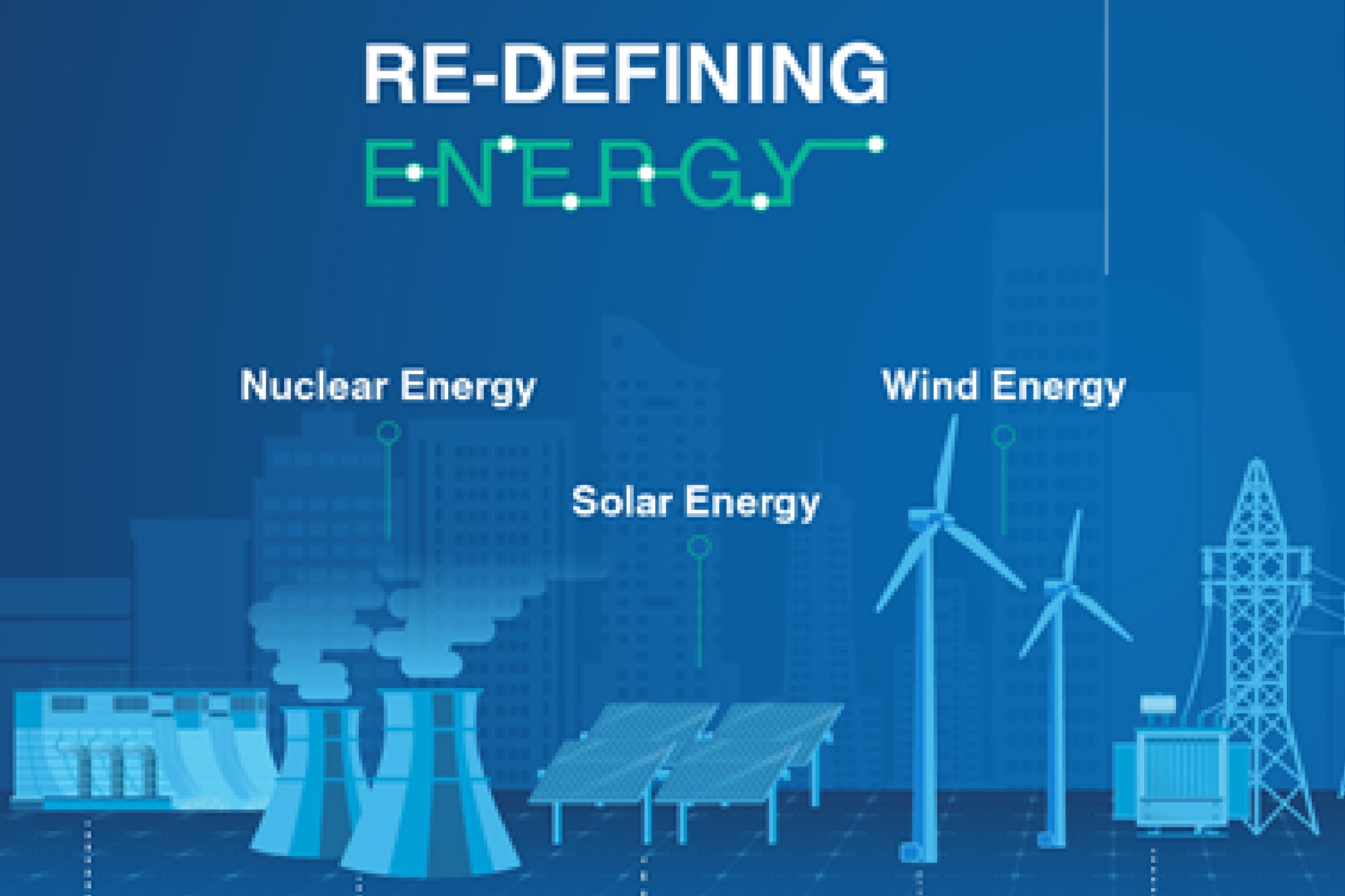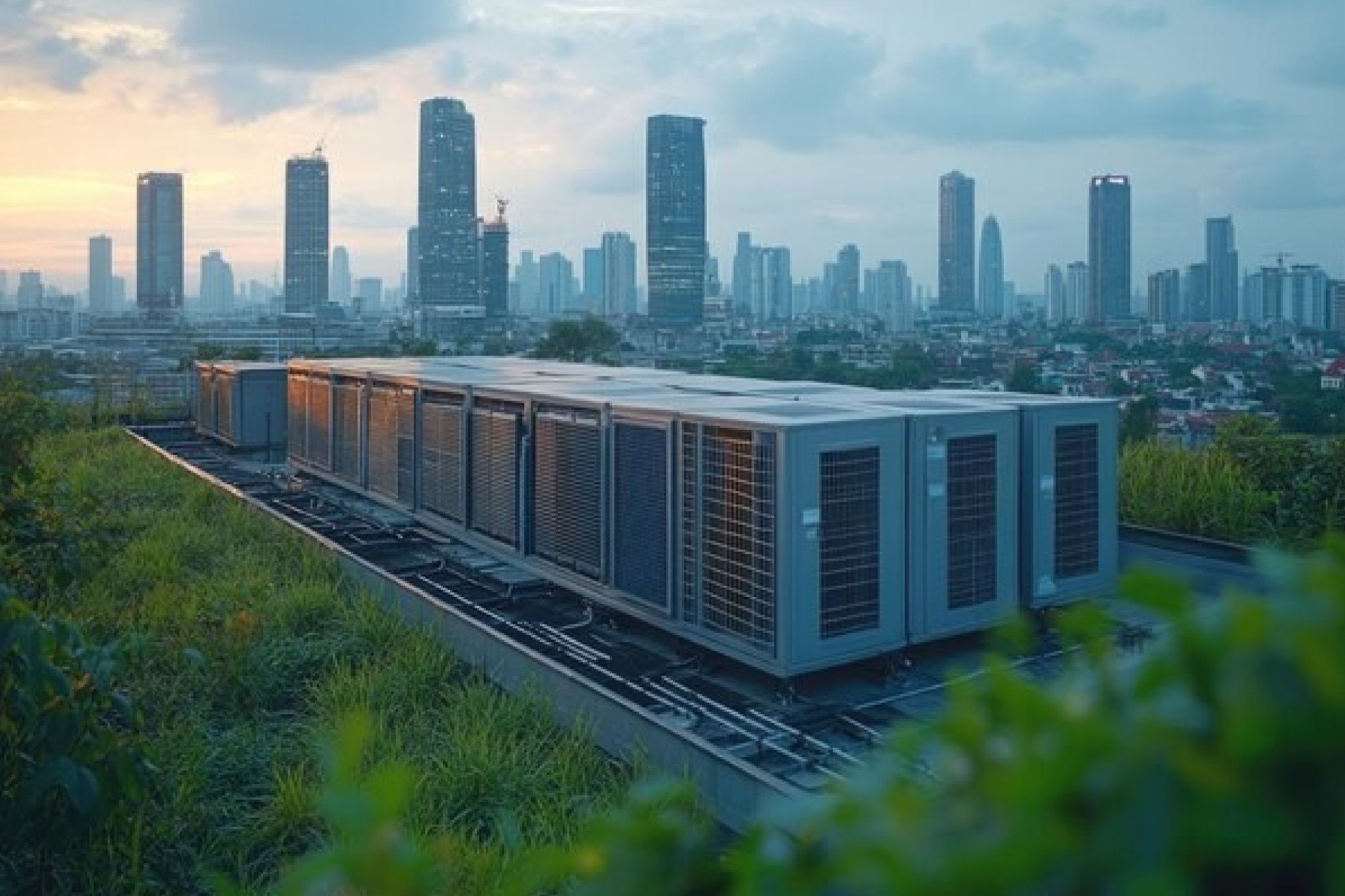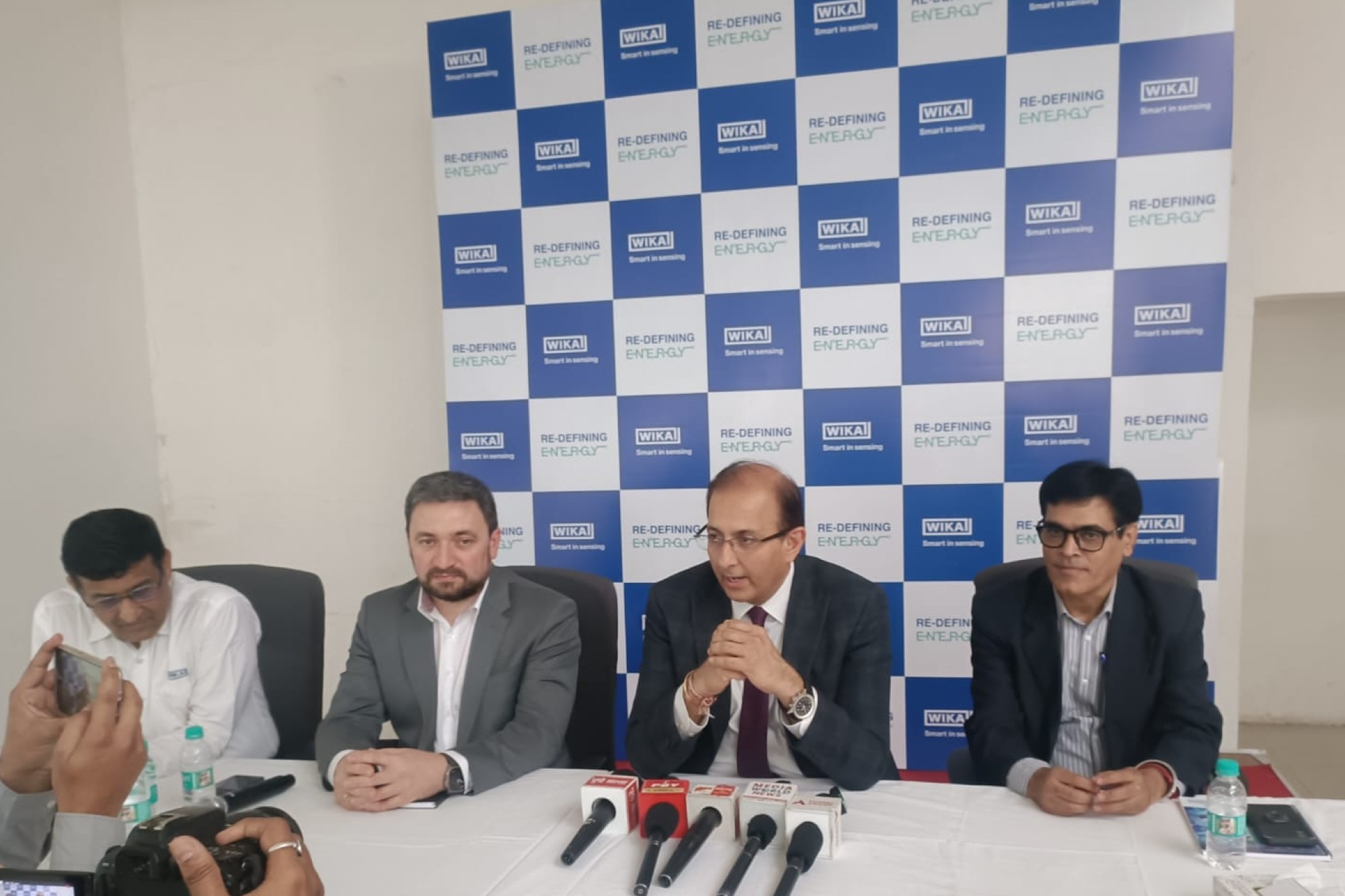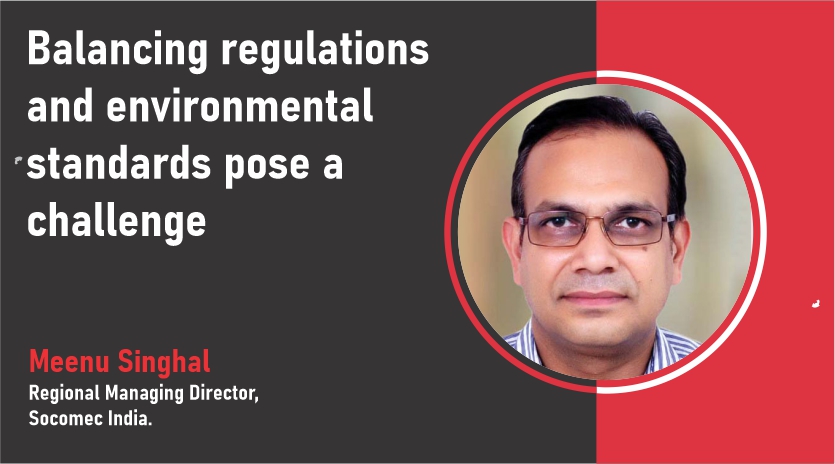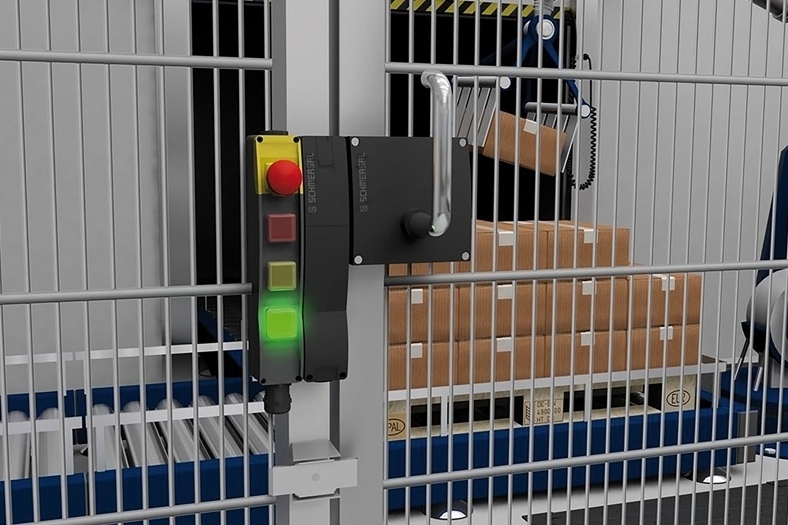Optimise your manufacturing process
By admin September 24, 2015 10:46 am IST
An insight on how innovative technologies are enhancing material handling process
Despite certain contractions, the material handling industry in India has come of age. Newer and efficient material handling technologies are propelling competitiveness and driving development especially in the sectors like manufacturing, power, infrastructure, and heavy engineering. Increasing investment in the domestic manufacturing sector, propelled by “Make in India” initiative, is expected to drive the growth for industrial material handling solutions market.
Commenting on the status of industrial material handling solutions market in India Y Srinivas Reddy, Managing Director, Bevcon Wayors Pvt. Ltd. said, “As of now, the industrial situation in India is really unpredictable. Undoubtedly, the current economic situation has larger impact on bulk material handling sector as its growth depends largely on infrastructure development which is really in shambles. Business opportunities have come down competition is fierce, very low fund and cash flows high interest rates are crippling the organisations sustainability same is the case in globally.”
Industrial material handling equipment manufacturing major ElectroMech estimates that the industrial cranes market in India is approximately to the tune of Rs. 1,500 crore to Rs. 1,800 crore per annum. This market size has contracted slightly in the past couple of years due to the slowdown in the Indian economy, said Tushar Mehendale, Managing Director of ElectroMech. However, with the government’s emphasis on the revival of manufacturing and allied industries, ElectroMech anticipates that the industry to rebounded to around Rs. 2,000 crore to Rs. 2,200 crore range in next few years.
According to ElectroMech, almost 30 per cent of the demand for industrial cranes comes from the public sector companies and the remaining 70 per cent from the private sector. “The private sector is the most vibrant part of the Indian economy, growing at a sustained high pace and is willing to adopt newer technologies, thus creating scope for innovation in the crane industry,” Mr Mehendale observed. In terms of quantities of the total requirement, Western India contributes around 50-55 per cent, Southern India contributes around 20-25 per cent, Northern India 15-20 per cent, and Eastern India around 5-10 per cent.
Dayanidhi Anand, Country Head, STAHL CraneSystems points out, “Material handling equipment market in India is multi-layered and not yet organised. The main areas that need to be organised is standardisation of buildings and specifications of these equipment.”
Sharing more details on the status of industry, Mr Mehendale said, “0ver 40 per cent of the total market is dominated by a handful of reputed names in the organised sector. The rest of the market is shared by more than 250 small crane companies.”
Adarsh Hegde, GM – Sales and Marketing, Demag – Terex Material Handling and Port Solutions predicts, “We foresee the effects of developmental initiatives such as ‘Make in India’ by the first quarter of 2016. The future demand is expected to be from medium and lower capacities i.e. below 40-tonne category.”
Growth drivers The Indian economy looks to be on the path to recovery. The manufacturers are seeing an increase in the levels of enquiries from different industry sectors. A renewed push is expected in the infrastructure projects and other related areas. According to Mr Mehendale, “Demand is expected to rise as there will be a huge pent-up demand for cranes from various sectors.”
Make-In-India drive of current government is expected to help standard crane business to enter government sector which remains biggest potential user of these equipment. “With increased need of automation and modernisation, the demand for material handling equipment should see a definitive upward trend,” opines Mr Hegde. However, Mr Anand believes, “The main driving factor for standard crane business in current market is going to be safety, reliability and availability of better after sales support.”
Explaining the expected growth in his sector, Mr Reddy said, “Considering the momentum in the infrastructure sectors in particular power, ports, mining and cement, a steady growth rate of 15-20 per cent can be witnessed in the bulk material handling sector for the next five years.”
Indian market is more of custom-built cranes which are designed upon “pre-gen” designs leading the equipment to be bulky, heavier and lesser efficient. “With an upsurge in European players coming to the market and with a major push in foreign investment in country, standard crane business such as of STAHL Cranes is expected to grow at higher level,” says Mr Anand.
Some products and solutionsTalking on the industrial material handling solutions Terex offers, Mr Hegde said, “We are extremely well placed to cater to complete in-plant material movement requirements for automotive, auto ancillaries and industrial segments such as general engineering, steel, traditional energy, wind energy, paper etc. – from a chain hoist of 80 kgs to an EOT of 400-tonne capacity.” Terex designs, engineers and manufactures span of up to 35-metre and for wider spans.
Cookie Consent
We use cookies to personalize your experience. By continuing to visit this website you agree to our Terms & Conditions, Privacy Policy and Cookie Policy.




